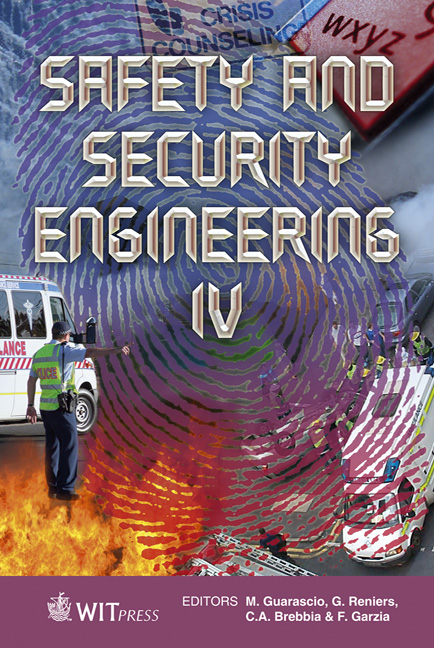Ignition Of Cellulose Fuel Beds By Hot Metal Particles
Price
Free (open access)
Transaction
Volume
117
Pages
12
Page Range
253 - 264
Published
2011
Size
1,159 kb
Paper DOI
10.2495/SAFE110231
Copyright
WIT Press
Author(s)
S. Scott, R. Hadden, A. Yun, C. Lautenberger & A. C. Fernandez-Pello
Abstract
Spotting occurs in wildland fires when fire-lofted embers or hot particles are carried by the wind and fall in areas of unburnt yet flammable vegetation leading to ignition of new, discrete fires. Significant work has been conducted on predicting the trajectories of the embers but little fundamental work is available related to the capability of these embers or particles to ignite vegetation. This paper consists of an experimental and theoretical study of ignition of fuel beds by hot metal particles. Both laboratory and real life fuel beds have been tested. Spherical steel particles with diameters in the range 0.8 to 19.1 mm heated to temperatures between 500 and 1300ºC are used in the experiments. A relationship between the size of the particle and temperature required for flaming or smoldering ignition is found in powdered cellulose. These results are used to assess a model based on Hot Spot Ignition Theory to determine the particle sizetemperature relationship required for ignition of a cellulose fuel bed. The model qualitatively predicts the ignition response of the fuel to a given particle size and temperature. Similar experiments were also conducted using pine needles as the fuel bed. Keywords: ignition by hot particles, fire spotting. 1 Introduction Under dry, hot, and windy conditions devastating wildland and wildland urban interface (WUI) fires can be spread by spotting. Spotting leads to more rapid fire spread than flame front propagation because embers generated by burning
Keywords
ignition by hot particles, fire spotting





